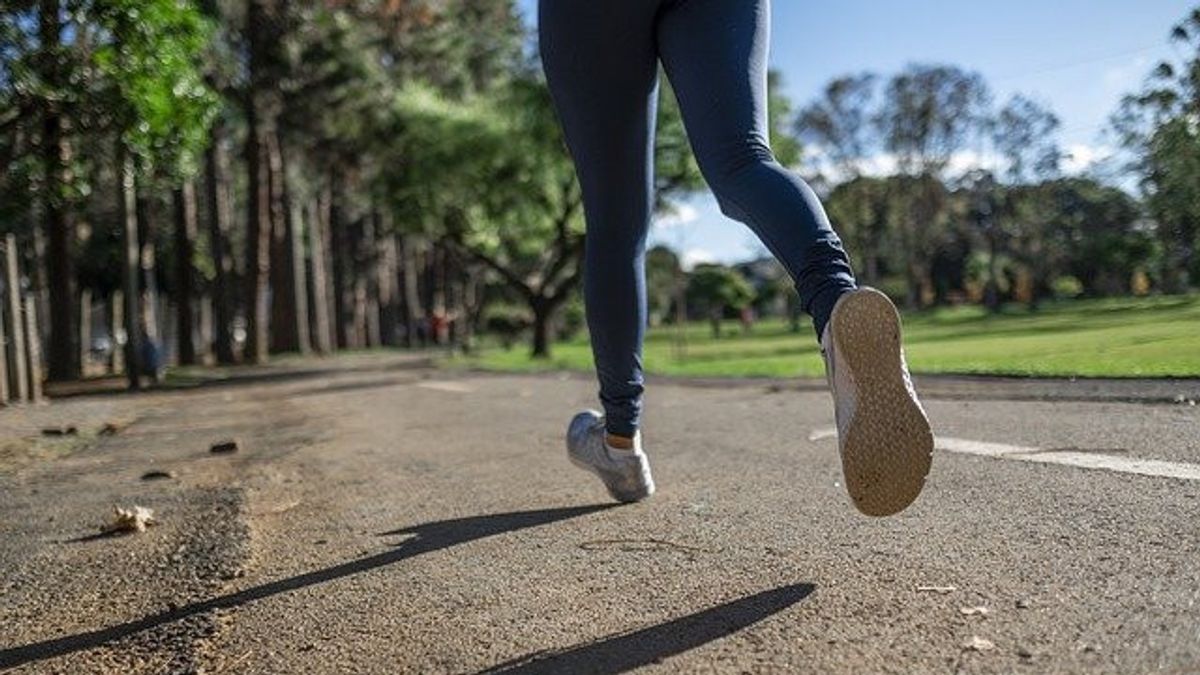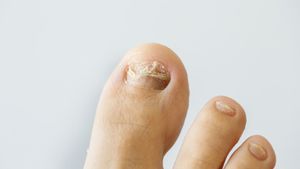JAKARTA - The COVID-19 pandemic encourages people to adopt a healthy lifestyle, one of which is by exercising to maintain fitness and increase body immunity.
Even though you have regularly exercised, sometimes habits that can pose a risk to health are still difficult to leave, one of which is smoking. So, what are the risks of smoking to the body? The following explanation is quoted from ANTARA, Saturday, March 12.
Decreased endurance
As reported by the official Cleveland Clinic website, smoking affects many aspects of the body, including physical endurance. If you smoke, you get less oxygen to your heart, lungs and muscles, reducing your fitness.
Carbon monoxide contained in cigarette smoke binds red blood cells so that oxygen that should be distributed to the heart, lungs, muscles, and other body tissues cannot be channeled optimally.
This condition causes an increase in lactic acid, a substance that causes muscles to feel tired, breathe harder, and increase pain after exercise.
“Decreased oxygen reduces your physical endurance making it more difficult to exercise properly. This condition also makes it difficult for you to carry out daily activities such as climbing stairs, explains the Cleveland Clinic.
High heart rate
Not only that, the heart rate of smokers is also higher than that of non-smokers due to decreased oxygen levels. This indicates that your heart has to work harder to distribute oxygen to all parts of the body.
Bone and Joint Inflammation
Many think that smoking only causes inflammation of the lungs. However, smoking also affects your bones and joints, increasing your risk of osteoporosis, back pain, and rheumatoid arthritis (joint inflammation and sprains).
If you have family, friends, or even yourself who have difficulty quitting smoking, you should try the following steps to reduce the risk.
Quit smoking
With the potential for great risk to physical endurance, you should give up smoking completely, even if it is not easy. Try to consult a doctor or counselor or experts to help you quit smoking.
"After deciding to quit, the majority of people who see an advisor will go through the first month without smoking," said Jennifer Percival, who trains counselors in the smoking cessation program, as quoted from the official website nhs.uk.
But if quitting smoking outright is difficult, try switching to alternative tobacco products such as heated tobacco products, vaping, or nicotine bags. These alternative products are less risky than cigarettes because they do not go through the combustion process.
“This allows you to get nicotine without most of the harmful substances from smoking, as it contains no TAR or carbon monoxide. Research has also proven that this product can help you quit smoking," the NHS said in a statement on their website.
Exercise routine
Next, you can start exercising according to your individual abilities and physical condition. If necessary, you can consult a doctor first to get the 'green light'.
If you have found a suitable program, you can start doing regular exercise activities on a regular basis.
It doesn't have to be heavy, do it slowly first.
“For example, walking for 10 minutes to 20 minutes 3 or 4 days a week. As fitness improves, increase the duration and intensity of the cardio. With regular exercise, you will feel better," as quoted from livestrong.
The English, Chinese, Japanese, Arabic, and French versions are automatically generated by the AI. So there may still be inaccuracies in translating, please always see Indonesian as our main language. (system supported by DigitalSiber.id)













